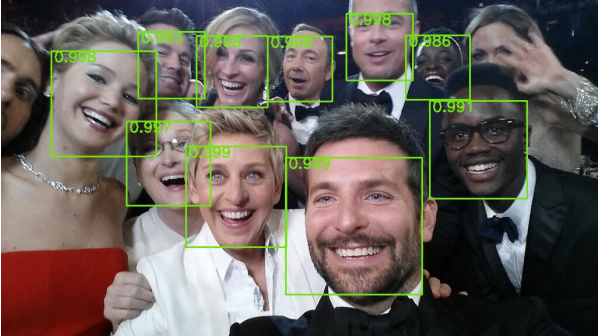1956 AI Seminar
The first instance of computer vision was introduced at a Dartmouth College summer seminar on Artificial Intelligence (Ambika).This is deemed the official conception of AI, CV and ML (by Dartmouth... and many other scientists)!

1959 Cat Vision
Harvard neurophysiologists David H. Hubel and Torsten Wiesel examined the primary visual cortex of a cat by using a microelectrode to measure neuron impulses (Srivasta).
This is the beginnings of mimicking human vision and using biology as a congruent field of study!

1962 Hough Transform
The Hough Transform was a massive breakthrough in pattern recognition using functions and mathematics to detect lines.You can read more about the way it accomplishes this and the theory here:
The Complete Guide on Hough Transform

1963 Lawrence Roberts
Computers began visualising and calculating what 3 dimensional vision would be like in a 2 dimensional display (Ambika).Lawrence “Larry” Roberts, deemed the father of computer vision, explored extracting 3D information from 2D views (so that computer vision can be applied to our 3D world)!
1969 David Marr
David Marr, British neuroscientist, published seminal papers about vision and the brain.
Coined the ‘stages of vision’ primal sketch, 2.5D sketch and 3D sketch
This was a good rundown of the way vision is assessed by our brain!


1990 Max Pooling
Yamaguchi (and partner researchers) created max pooling, a filtering operation to calculate the values at certain pixel regions so that computers can group pixels together (Ambika).Max pooling contributed to Convolutional Neural Networks (CNN), a work derived from the research of Hubel and Wiesel (from 1959)!
2001 Viola Jones
The Viola Jones face detection framework was proposed by Paul Viola and Michael Jones.
Bounding faces and detecting their presence in images was a complex pattern recognition problem before then, now it is used everywhere (think apple and android image face detection)!
Simply put, when an image has 2 similarly colored pixel regions (eyes) with a long similarly colored pixel region below (mouth) it may be a face!


2014 Zero Sum Game
Ian Goodfellow developed the generative adversarial network (GAN) for generative AI and computer vision (Srivasta).The competition of two neural networks in a zero sum game (the win of a player is the loss of another) creates an unsupervised training that increases turing ability (ability to fool the “human” factor) by using the discriminator (one of the neural networks) which verifies the realistic-ness of the other model...
Basically... two AI's battled/trained each other to become smarter! (Not perfectly accurate, but a fun way to think of it)!
Now
In today’s world, computer vision is used everywhere! Anytime you take a picture on your phone, the CPU processes the faces and objects in the picture to categorise them for you! With new processing power from the innovations of quantum computers, the future holds amazing (but also detrimental) possibilities with CV!
